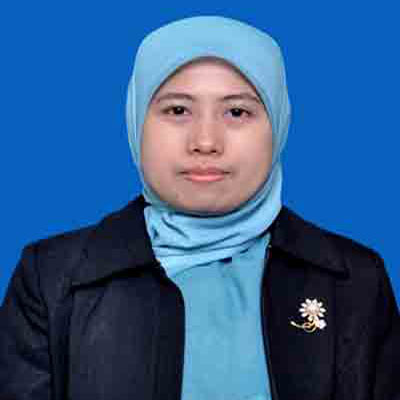Netti Aryani
Department of Aquaculture, Faculty of Fisheries and Marine Science, Riau University, Riau, Indonesia
LiveDNA: 62.12592
Indra Suharman
Department of Aquaculture, Faculty of Fisheries and Marine Science, Riau University, Riau, Indonesia
Ainul Mardiah
Department of Aquaculture, Faculty of Marine and Fisheries Science, Nahdlatul Ulama University of West Sumatera,Riau, Indonesia
LiveDNA: 62.12442
Hafrijal Syandri
Department of Aquaculture, Faculty of Fisheries and Marine Science, Bung Hatta University, Riau, Indonesia
LiveDNA: 62.12444
PDF Fulltext XML References Citation
How to cite this article
Netti Aryani, Indra Suharman, Ainul Mardiah and Hafrijal Syandri, 2017. Reproductive Performance of Asian Catfish (Hemibagrus wyckii, Bleeker, 1858)-Preliminary Study. Pakistan Journal of Nutrition, 16: 550-556.
DOI: 10.3923/pjn.2017.550.556
URL: https://scialert.net/abstract/?doi=pjn.2017.550.556
DOI: 10.3923/pjn.2017.550.556
URL: https://scialert.net/abstract/?doi=pjn.2017.550.556










